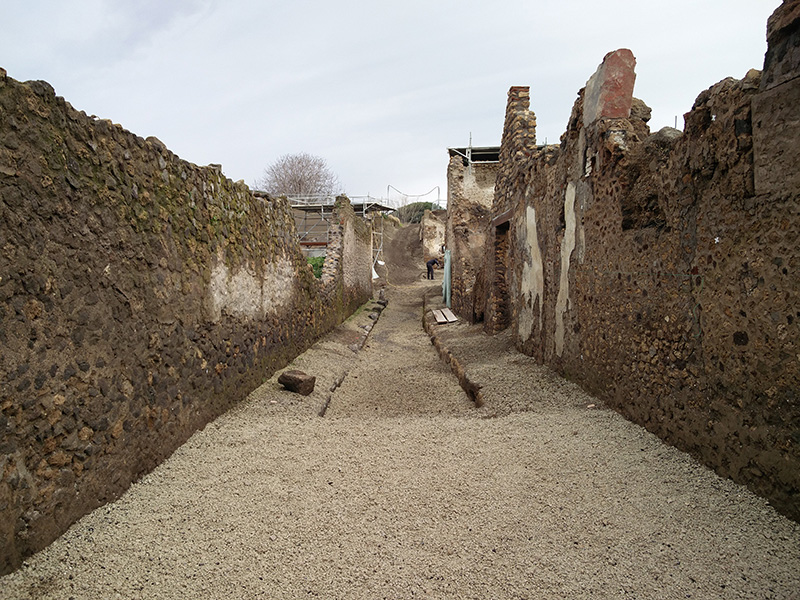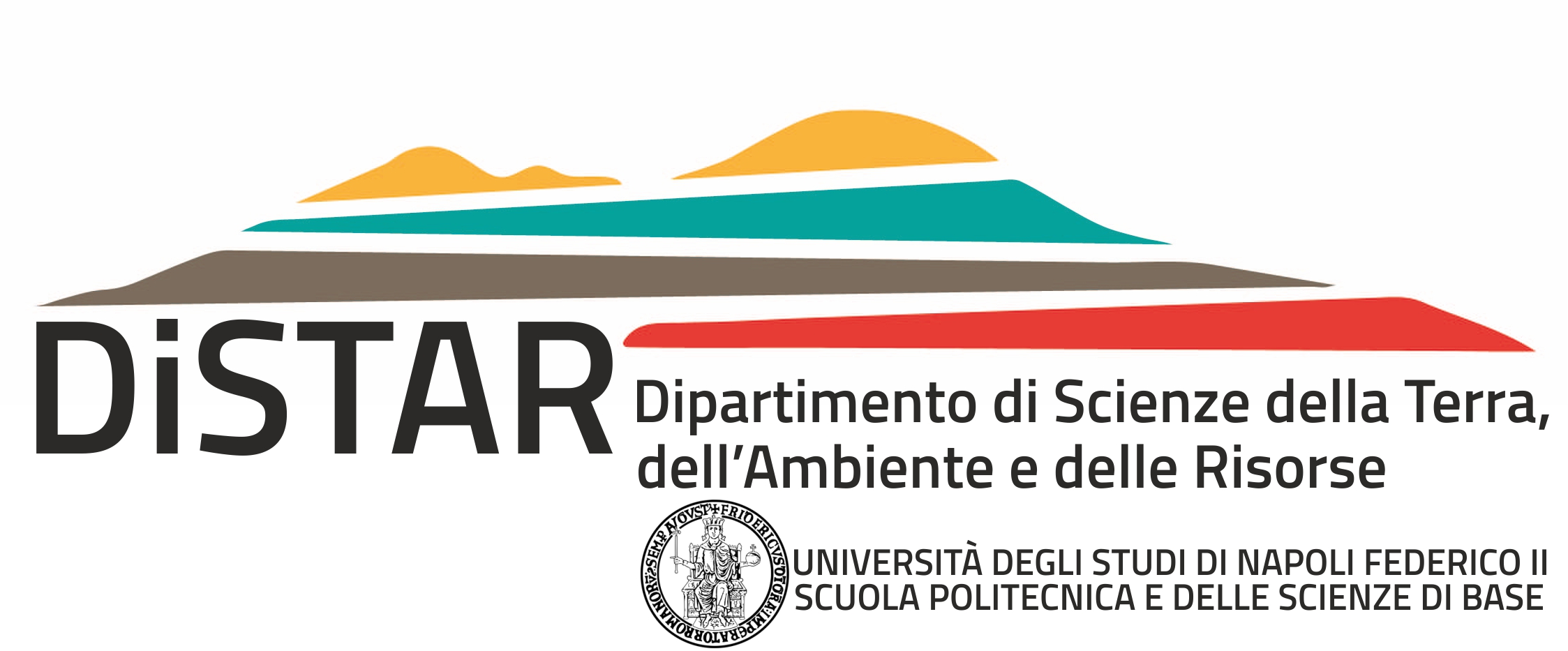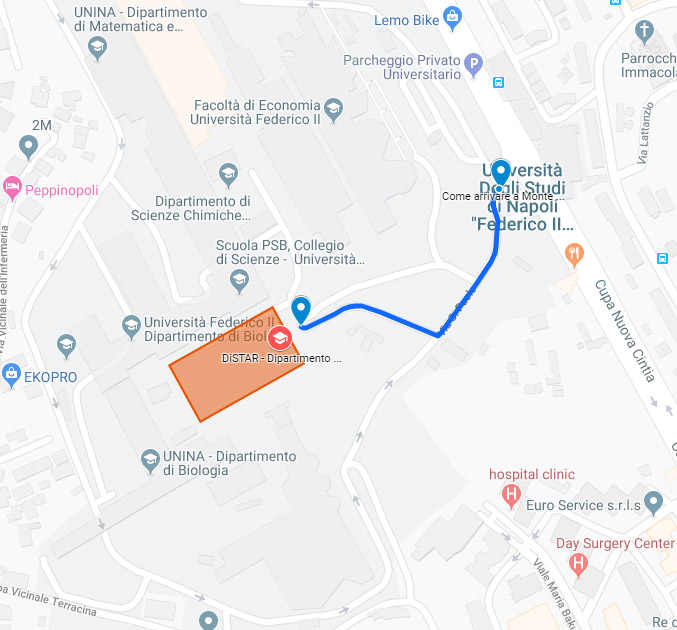Volcanology and Physics of Volcanism
Main research topis in Volcanology:
Stratigraphy and geology in volcanic areas: detailed investigation on the deposits of several eruptions from Somma-Vesuvio and Campi Flegrei, mainly aimed at defining eruptive and depositional mechanisms, and geological mapping in volcanic areas.
Tephrostratigraphy and tephrochronology: main aims of this research topic are to identify, characterize, analize and date distal tephra layers embedded to both marine (central-southern Tyrrhenian Sea, Montalbano Jonico) and continental (Sessano e Boiano basins, Acerno basin, Pantano di San Gregorio Magno) sedimentary sequences. The research topic is part of the wider framework of the Quaternary Geology.
Volcanic hazard assessment: volcanic hazard models are developed through the integration of probabilistic and deterministic methods and taking full advantages of the spatial analysis available in a Geographic Information System (GIS) platform. New procedures for multihazard assessment in active volcanic areas are implemented. Impact maps for different scenarios significant at Civil Protection aims are drawn.
Fluid Dynamics of Pyroclastic Density Currents: the fluid dynamic behavior of both artificial and natural granular mixtures is investigated aiming at better understanding the fluidization mechanism in pyroclastic density currents. Groundbreaking apparatuses (e.g. rotary drums) and methodologies are used for the fluidization of mixtures made up of pyroclastic grains, in order to simulate the behavior of natural pyroclastic mixtures within pyroclastic density currents.
Geosites in volcanic areas: popularization of geological heritage in active volcanic areas ios proposed, together with fruition projects of potential geosites at Campi Flegrei and Somma-Vesuvio, bringing out their role as a vital tool to enhance awareness of resident population towards volcanic risk.
Physical volcanology investigates the processes that control the behavior of volcanoes. Our research group is mainly interested in the study of explosive eruptions and their products and in that of deep structure through models of shear wave seismic velocity. Over the last twenty-five years we have formulated models on the formation of calderas, on the eruptive mechanisms of Strombolian, subPlinian, Plinian and phreatoPlinian eruptions, on the eruptive dynamics of proximal lithic breccias, on the transport and emplacement mechanisms of pyroclastic currents. Particular attention was paid to assessing the impact of explosive eruptions on urban areas. A specific methodology was developed, in collaboration with various archaeological teams, to assess the damage caused by the main Vesuvian historical explosive eruptions (79 AD, 472 AD, 512 AD, 1944) on the perivulcanic territories. This allowed an original reconstruction of the events that took place in Pompeii and in some sites north of Vesuvius (Augustus’ villa in Somma Vesuviana and Roman Baths of Pollena Trocchia). Part of this research has been the subject of scientific disseminations through international exhibitions and conferences and collaborating on scientific documentaries produced by RAI, ARTE channel, National Geographic, CBS, K22film
Main partnerships:
Dipartimento di Scienze e Tecnologie Università di Napoli "Parthenope" (prof. G. Pappone, P. Aucelli), Dipartimento di Scienze della Terra e Geoambientali Università degli Studi di Bari A. Moro (prof. M. Marino, dott. M. Maiorano), CNR ISMAR - Napoli (dott. F. Lirer, D.D. Insinga, M. Sacchi, A. Milia, I. Alberico), INGV OV (dott. L. Pappalardo, dott. E. Cubellis). Department of Geoscience - University of Wisconsin- Madison USA (dr. B. Jicha). Convenzioni – Parco Archeologico di Pompei, Laboratorio di Ricerche Applicate – REP n. 19 del 28/2021. Università di Firenze (prof. Raffaello Cioni) – INGV sezione di Pisa (dr. C. D’Oriano) – University of Plymouth (prof. Paul Cole) – University of Leicester (prof. Mike Branney)
 Sketch map of isochrons for the Central Mediterranean Sea during the 4.4 ka−79 AD time interval. Dashed lines link archives where the isochrons are inferred
Sketch map of isochrons for the Central Mediterranean Sea during the 4.4 ka−79 AD time interval. Dashed lines link archives where the isochrons are inferred
 Alley of Balconies Still Partially Buried by Pumice in Pompeii
Alley of Balconies Still Partially Buried by Pumice in Pompeii






